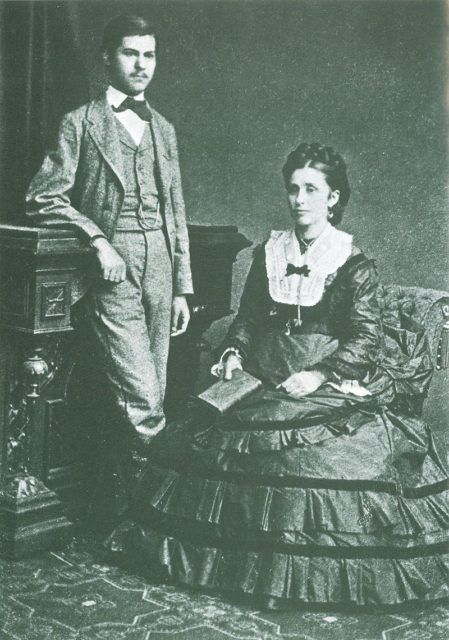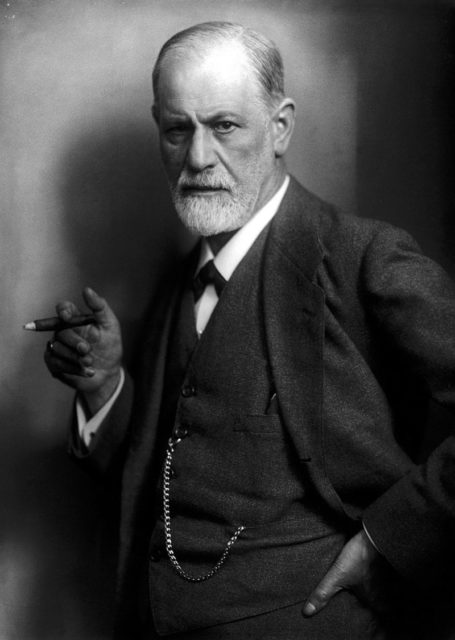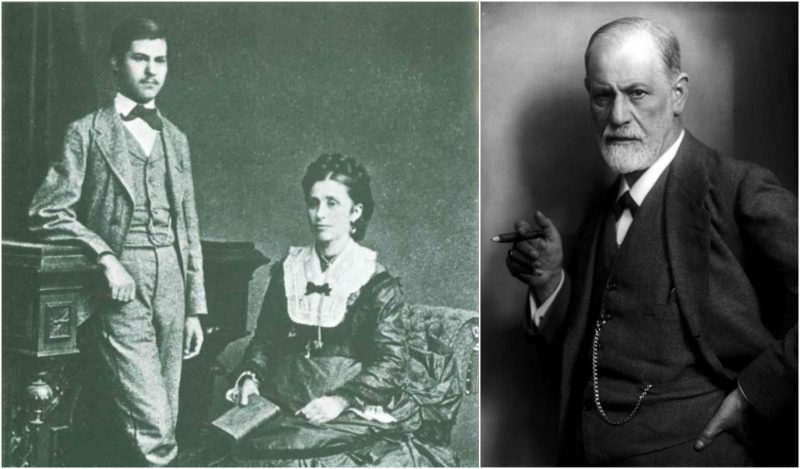Sigmund Freud was born in the town of Freiberg, in the Austro-Hungarian Empire, to Jewish Galician parents.
No one could have anticipated his eventual stature in the field of medical science. Once grown, he qualified as a doctor of medicine from the University of Vienna in 1881. From there, he worked at the Vienna General Hospital, using their facilities to research cerebral palsy, aphasia, and microscopic neuroanatomy. He completed those studies in 1885 and was first appointed as a docent (a teacher) in neuropathology and then, in 1902, became an affiliated professor.

Nearly all of Freud’s work is in written form, even though he lived the first half of the 20th century when audio recording was available. There has only been one piece of any of his work recorded – a radio broadcast, recorded by the BBC in 1938 for the series Celebrities on Radio.
In his life’s work, Freud had a theory that he used as a framework for psychoanalysis – that dialogue was to be used as an instrument of diagnosis. Using this idea, he then went on to develop different therapeutic techniques such as free association and discovered transference. These two methods became pivotal to the analytical processes of the psychoanalysis of patients.
Not stopping with that, he also redefined sexuality; in this field, he formulated the Oedipus complex, which soon became the central point of his psychoanalytical theories. The dream state, he felt, was a subconscious expression of wish fulfillment, and his analysis gave him many models which he used in his clinical studies of how symptoms formed and how the repression mechanism worked in his patients. He went on to further elaborate on his theory of the unconscious mind.
He also discovered and analyzed the libido, which he thought of as a type of energy that developed sexual and erotic attachments, compulsive repetition, hate, aggression, and a death drive, as well as neurotic guilt in some of his patients.
He theorized that libido was the energy that combined with mental process and structures to produce different effects in different people.
1939 was a bad time for Freud, as his oral cancer was now severe and causing him extreme pain, leaving him unable to move for hours. At that time, this cancer was inoperable, and there was nothing to be done to help this remarkable man. Soon after finishing his final book he approached his good friend, Dr. Max Shur, about his previous promise to not to let Freud suffer when his time had come.

He told his friend that life was now a long-suffering existence and he asked Shur to consult with his daughter Anna, who was caring for him.
When Freud’s pain hit an unbearable threshold, Shur, with Anna’s reluctant agreement, gave Freud a lethal dose of morphine; on September 23, 1939, at 3 am, Freud took his last breath.
